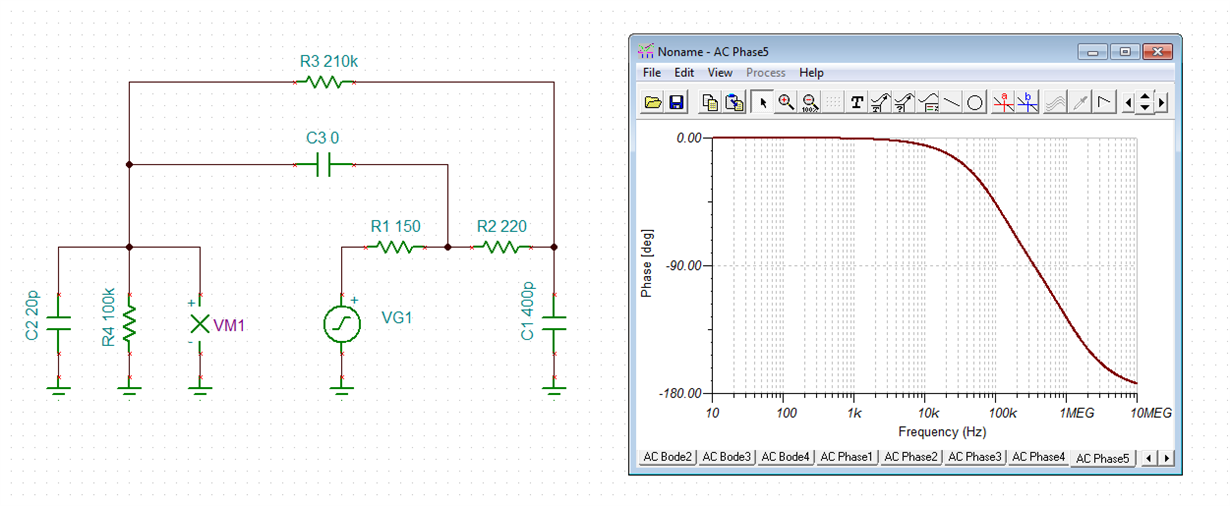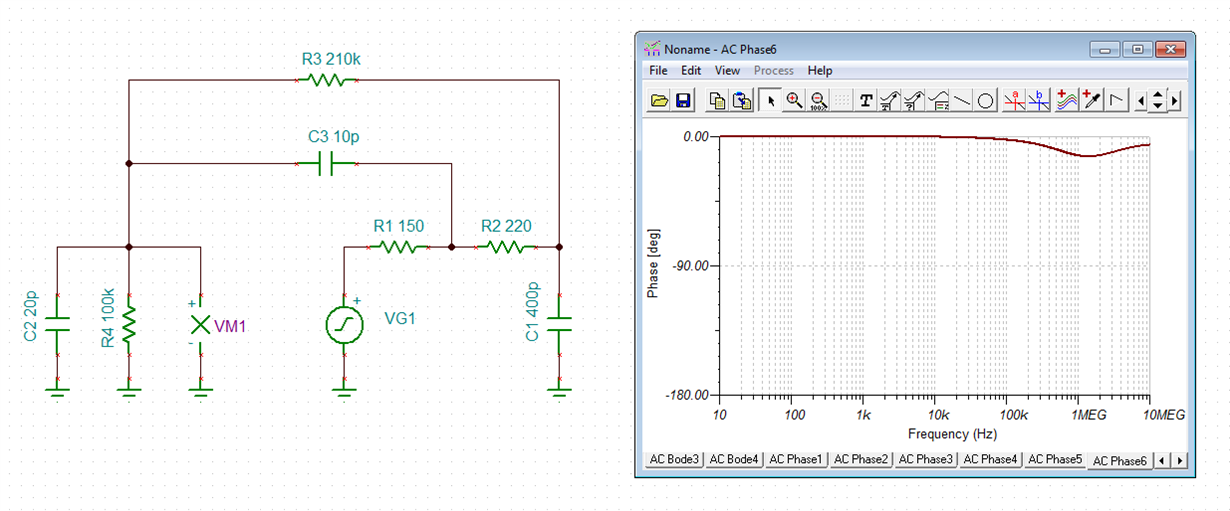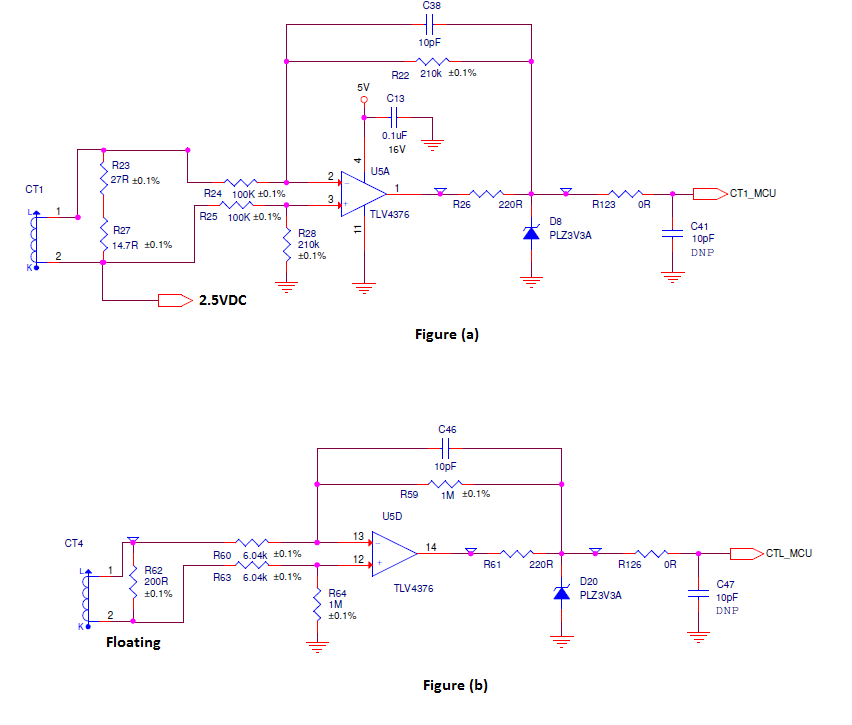Other Parts Discussed in Thread: TLV376
In schematic attached above, VCM=2.5. To get lower input offset voltage, V+ should be more than 3.5V as per section 7.3.4 of device datasheet. But, here the problem is, output is directly connected to ADC input pin of Microcontroller operating at 3.3VDD and 3.3VDDA. Hence we have added 220R and a zener to limit the output voltage. Feedback is taken after 220R to compensate the diode leakage current error.
1) Is 150 ohm output impedance of TLV4376 op amp is sufficient for current limiting in case of op amp output saturation due to some reasons?
2) Is there any stability issue here due to increased output impedance and capacitance of zener diode?






